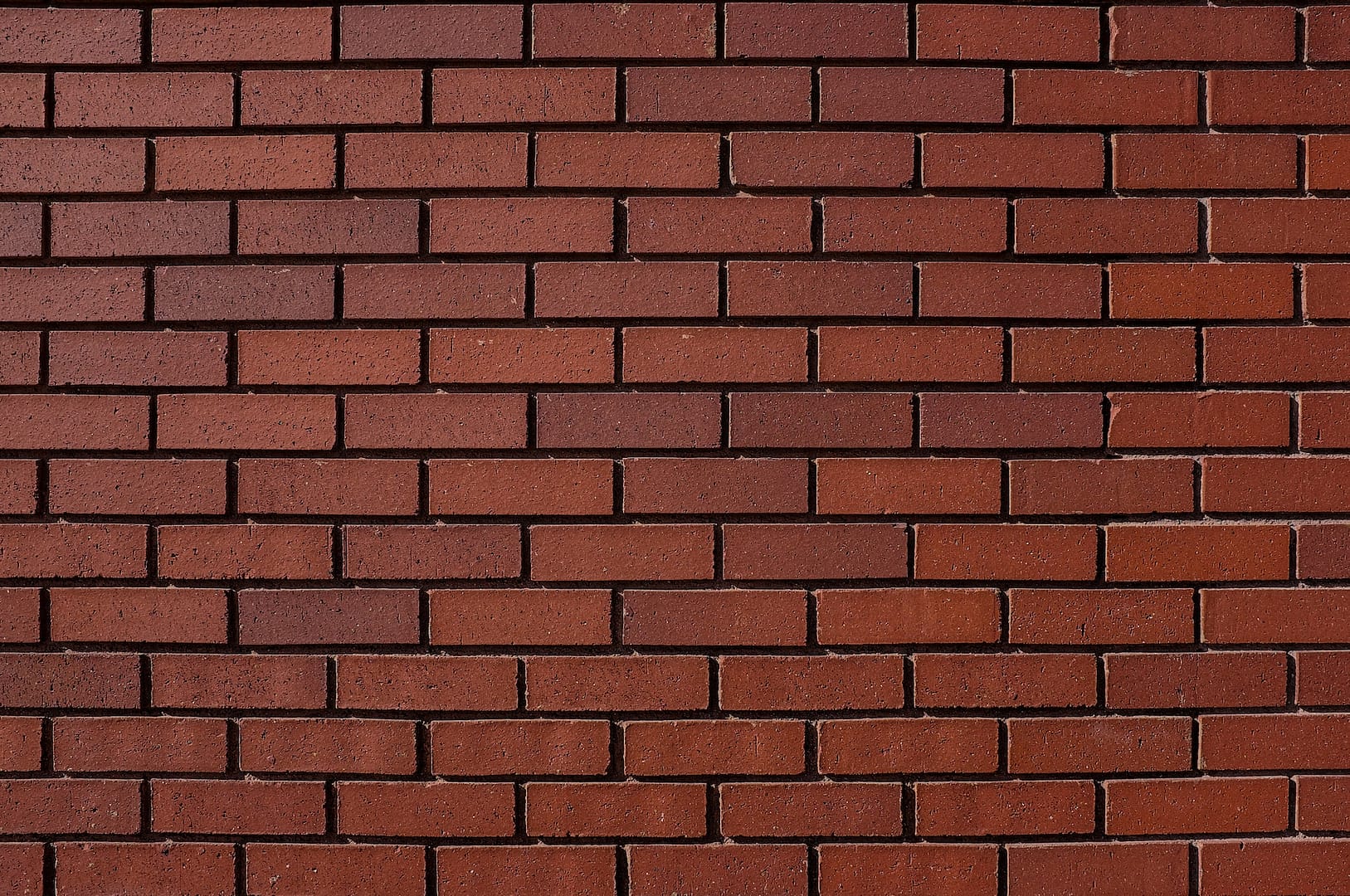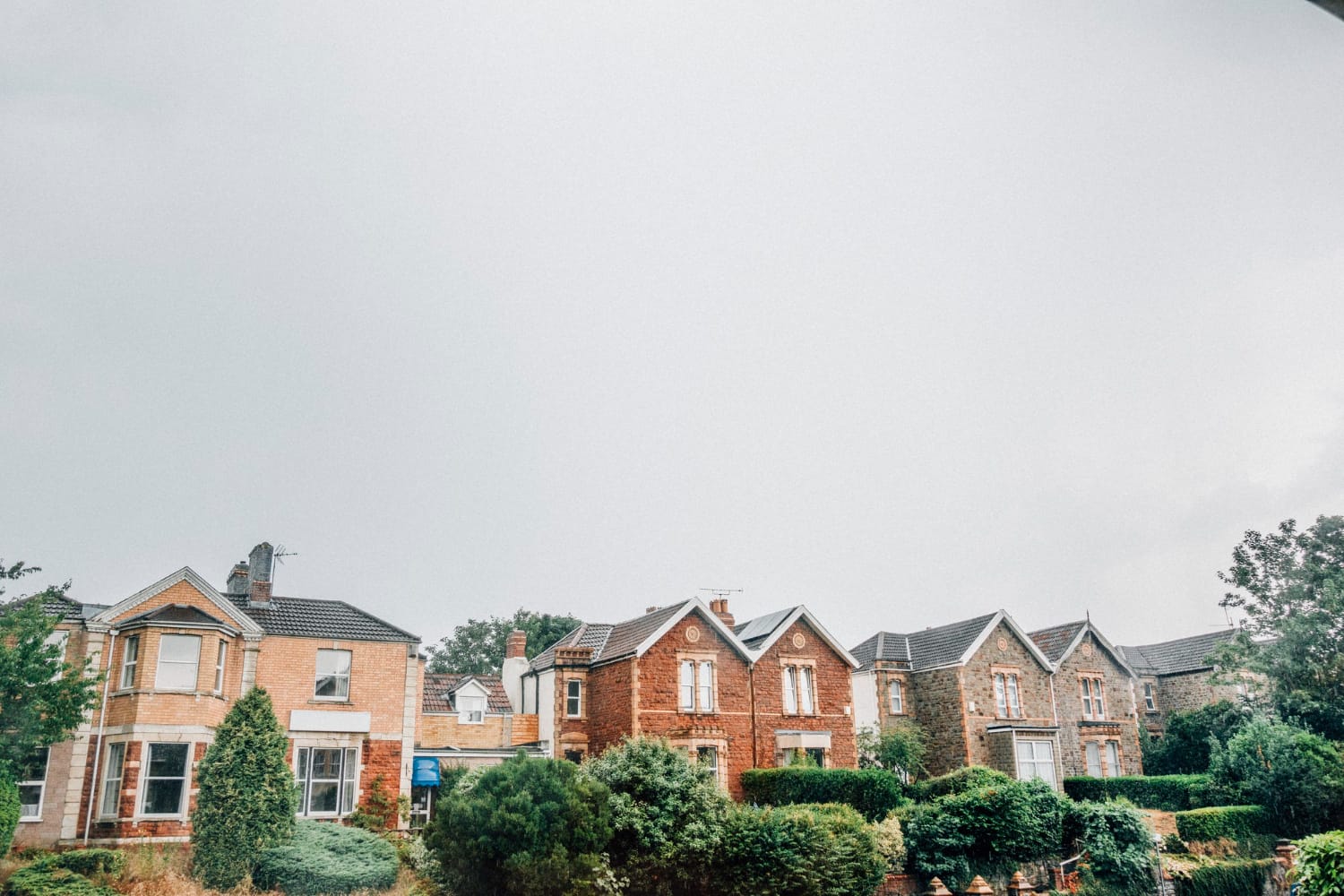In a world where buildings stand tall as the very embodiment of progress and architectural marvels, a seemingly mundane acronym has quietly woven itself into the fabric of construction conversations: EWS. So, what is an External Wall Systems (EWS)? Don’t worry if this acronym hasn’t crossed your path before – you’re not alone. Join us on this exploration as we unravel the mysteries of EWS, its significance, and why it’s become a buzzword in the world of buildings and regulations. We will provide you with all the information you need to start your housing disrepair claim too.
The EWS Unveiled: Demystifying the Acronym
Let’s kick things off by deciphering the acronym itself. EWS stands for External Wall System, a term that pertains to the external elements of a building’s structure. These elements include, but are not limited to, the outer cladding, insulation, and fire-resistant barriers that envelope a building, shaping its visual appeal and structural integrity. Essentially, EWS refers to the protective shell that safeguards a building from the elements while contributing to its aesthetic charm.
Speak to An Expert About Your Claim
The Birth of EWS: Safety, Aesthetics, and Beyond
Now that we’ve cleared the air on what EWS stands for, you might be wondering, why all the fuss? Well, it’s not just about architectural aesthetics – safety plays a significant role. Think of EWS as the guardian of a building, protecting it from the harsh forces of nature. This system prevents water ingress, insulates against temperature fluctuations, and, most crucially, acts as a line of defence against the spread of fire. So, an EWS isn’t just a pretty face; it’s a critical safety feature that impacts the lives of those within the building.
The EWS1 Form: Decoding Necessity
Ah, the EWS1 form – a term that often sparks debates and discussions among homeowners, surveyors, and industry professionals alike. But do all buildings really need an EWS1 form? The answer isn’t a straightforward “yes” or “no.” It all boils down to the type of building and its construction materials. The EWS1 form is primarily required for residential buildings that are 18 metres or taller and feature some form of combustible cladding. This form acts as a way to assess the safety of a building’s external wall system and to provide assurance that it meets the necessary fire safety standards.
For buildings that fall outside the 18-metre threshold or lack combustible cladding, the need for an EWS1 form might not be as pressing. However, it’s crucial to note that regulations and requirements can vary from region to region, and even within local jurisdictions. It’s always a good idea to consult with experts and authorities to determine whether an EWS1 form is necessary for your specific building.
Receive a Call About Your Claim
Walking in the Shoes of EWS: Real-Life Implications
To truly understand the significance of EWS, let’s dive into a fictional scenario. Imagine you’re a resident of a sleek and modern residential tower. As you sip your morning coffee and gaze out of your panoramic window, you take a moment to appreciate the breathtaking view of the city. Unbeknownst to you, the external wall system that surrounds your home is working tirelessly to provide more than just a stunning vista.
One fateful day, a fire breaks out on a lower floor of your building. Panic sets in, but your building’s EWS springs into action. The fire-resistant barriers within the cladding prevent the flames from spreading quickly, buying precious time for residents to evacuate safely. Firefighters arrive promptly and are able to contain the blaze, thanks in part to the fire safety measures incorporated into the building’s external structure. In this moment, the value of a robust EWS becomes crystal clear – it’s not just about appearances; it’s about safeguarding lives.
The Changing Landscape: EWS in a Post-Grenfell Era
To fully grasp the gravity of EWS, it’s important to acknowledge the context in which it has risen to prominence. The devastating Grenfell Tower fire in 2017, which claimed 72 lives, served as a stark reminder of the critical role that external wall systems play in fire safety. The incident shed light on the potential dangers of combustible cladding and highlighted the need for stringent regulations to ensure building safety.
In the wake of Grenfell, the demand for thorough assessments of external wall systems surged, giving rise to the EWS1 form. This form, though met with some controversy and delays, has become an essential tool in evaluating and certifying the fire safety of residential buildings. The tragic events at Grenfell Tower ignited a movement toward greater transparency, accountability, and, above all, a commitment to preventing such disasters in the future.
Making a Housing Disrepair Claim: Navigating EWS Concerns
In the intricate web of construction and housing, where the EWS takes centre stage, another angle emerges – that of housing disrepair claims. When the external wall system of a building comes under scrutiny, it’s not uncommon for residents to wonder about their rights and avenues for seeking redress. Let’s delve into the realm of housing disrepair claims and see how they intersect with the world of EWS.
The Intersection of EWS and Housing Disrepair Claims
Imagine this scenario: you’re a tenant in a stylish apartment complex that boasts a state-of-the-art external wall system. Over time, however, you start noticing issues – water seeping through the walls, insulation deteriorating, and the once-flawless cladding showing signs of wear. These concerns not only compromise the aesthetics of your home but also raise alarms about safety.
In this situation, making a housing disrepair claim might be your course of action. This claim stems from the responsibility of landlords to maintain properties in a habitable condition. If the external wall system, which plays a vital role in both aesthetics and safety, falls into disrepair due to neglect, you may have grounds to seek legal remedies.
The Role of EWS in Housing Disrepair Claims
When navigating the path of a housing disrepair claim, the state of the external wall system becomes a pivotal factor. Remember, an EWS isn’t merely about appearances – it’s a linchpin of structural integrity. If a faulty EWS contributes to issues like water ingress, compromised insulation, or inadequate fire protection, it significantly impacts the habitability and safety of your home.
In such cases, your claim gains strength by addressing both the physical disrepair and the potential risks to your well-being posed by the compromised EWS. Expert assessments and documentation that highlight the deficiencies in the external wall system can bolster your case, emphasising the urgency of repairs not only for comfort but for your safety.
Navigating the Claims Process
Making a housing disrepair claim can feel like a daunting task, especially when dealing with the intricacies of an external wall system. Here’s a simplified roadmap to help you navigate the process:
Document the Issues
Keep detailed records of the problems you’re encountering, including photographs and descriptions. This documentation will serve as evidence later.
Notify the Landlord
Inform your landlord about the issues in writing, providing a reasonable timeframe for them to address the problems.
Seek Professional Assessment
Request a professional assessment of the EWS issues. This assessment can be a critical piece of evidence in your claim.
Legal Guidance
If your landlord fails to take action, seek legal guidance. Consult with our claims specialists at National Claims, where we specialise in disrepair claims. We will be able to guide you through every step of the way including the claims process.

Conclusion
In the realm of housing, where aesthetics and safety converge, the external wall system (EWS) assumes a dual role. It not only contributes to the visual identity of buildings but also safeguards the lives within them. As we’ve explored the intricacies of EWS, its significance becomes evident not only in fire safety but also in the context of housing disrepair claims.
So, the next time you gaze at a high-rise apartment complex or your own cosy residence, take a moment to appreciate the EWS that shields you from the elements. And should the need arise, remember that the EWS isn’t just a façade – it’s a crucial element that holds the potential to influence your rights as a tenant, ensuring that your home remains a safe and comfortable haven.
Contact us today to find out more about how to start a claim for your housing disrepair.
Click below to see why we are one of the most trusted claims management companies in the UK.

We’re proud of our excellent customer reviews
We thrive on delivering exceptional service and ensuring our clients’ satisfaction. Don’t just take our word for it. Check out some of our independent reviews to see what our clients have to say.
Excellent

This firm is excellent, they sorted out my car pay out and injury claim very fast, they always communicate with you all the time.

My accident case was dealt with confidence and with great result of the outcome, especially James kept me informed all the time.

I was very impressed at the way my inquiry was treated. I was listened to attentively and everything I needed to know was explained to me.






